RFID flexible laundry tag
1.1 Specification description Air protocol EPC Class1 Gen2; ISO18000-6C Working frequency 860-960MHz (frequency can be customized according to application) Chip type U8 chip (can be customized according to different chips) Chip storage EPC
1.1 Specification description
Air protocol EPC Class1 Gen2; ISO18000-6C
Working frequency 860-960MHz (frequency can be customized according to application)
Chip type U8 chip (can be customized according to different chips)
Chip storage EPC 128 bits TID 48 bits
TID TID 48-bit, TID is globally independent and cannot be modified
Read and write performance: Readable and writable (customers can write content to the chip 100,000 times)
Data preservation for 10 years
Product use time 2 years or more than 200 washings
Material of product application surface Flexible textile
Product weight 98g/100 pieces with glue; 85g/100 pieces without glue
Product form single
RoHS Compliant with RoHS requirements
Product color white (other colors can be customized)
To
1.2 Product size
Overall size (length * width * thickness) 70x15mm (the thickness at the chip position is 1.8±0.2)
(Other sizes can be customized)
To
1.3 RF performance
Fixed reader (installed on a dry towel) over 3.0 meters (4W EIRP)
(Installed and wrapped in single and multilayer wet towels) 1.2 meters above (4W EIRP)
Handheld reader (installed on a dry towel) 2.0 meters or more
(Installed and wrapped in single and multi-layer wet towels) Above 0.8 meters
Label polarization method Linear polarization
Consistency test Passed the consistency test of Voyantic Finland
To
1.4 Reliability
Working temperature -25 degrees ~ 70 degrees
Ironing temperature (when pressurizing 4bar) 85 degrees@60 minutes, 120 degrees@10 minutes, 150 degrees@4 minutes, 180 degrees@10 seconds
Humidity 8~100% RH
High and low temperature alternating test -40℃~+150℃ 7 high and low temperature alternating cycles, a total of 2 consecutive days passed the test
To
1.5 Optional
Pre-write support
Product appearance color customization support (over 200,000)
To
2. Installation instructions
2.1 How to install the label
1) Method 1: Stitch directly to linen or clothing;
2) Method 2: Stitch or install into the cloth bag, and then sew the cloth bag onto the cloth;
Advantages: After the linen reaches the washing life, the cloth bag can be cut off and installed on a new linen, so that the label can be reused to reduce the single cost of label use;
Disadvantages: more installation man-hours.
3) Method three: directly iron the label on the linen by ironing (you need to contact the manufacturer to explain the ironing condition requirements before ordering in this way).
2.2 Choice of label installation location
1) For the application of personnel management, the label is preferred to be installed at the junction of the shoulder and the bladder;
2) For the application of hotel linen, tags should be installed in corners and areas that are not easy to be noticed by users;
3) For the production control and application of fabrics, the labels are preferentially installed at the corners (for the grinding and washing management of denim, you need to contact the sales staff of the label factory in advance to inquire about related products and performance).
2.3 Polarization direction of the label:
1) When the antenna of the reader is a standard circularly polarized antenna, it is not necessary to consider the polarization matching between the tag and the reader antenna when installing the tag;
2) When the antenna of the reader is a linear polarization antenna, the polarization direction of the tag must be the same as that of the reader antenna, otherwise it will not be able to read or write or the read and write performance will be poor;
To
Main application:
1. Linen rental and washing:
① It can be processed on hotel linen for collection, disinfection, stain removal, industrial washing, high-temperature ironing, folding, packaging, sorting, and distribution.
②The electronic tag can have a good radio frequency reading range in both dry and wet conditions. After the product is installed, it can withstand more than 200 industrial washings, and the single use cost is low.
2. Processing management of fabrics and garments:
①Used for production control of fabrics;
②Used for the production control of clothing.
3. Hospital textile washing management, medical staff and patient management:
①Used for the clothing and washing management of hospital medical staff;
②Washing and management of textiles used for hospital patients;
③Used for the positioning of hospital staff, medical staff and patients, or attendance management.
4. For the management of school uniforms, factory uniforms, and related personnel:
①Used for school uniform management and student personnel management;
②Used for factory clothes management and personnel management;
5. Army linen and clothing management:
①Used for the management of army bedding, clothing, and badges;
②It is used for the monitoring and management of physical training of troops;
③Used for police clothing management.
6. Various applications requiring pressure resistance, rubbing resistance, and water resistance:
①Used for the management of mine bags that require soft pressure-resistant labels;
②For the management of shoes;
③Used in various application environments that are soft, pressure-resistant, crumple-resistant, and reusable.
上一篇:没有了 下一篇:UHF Laundry Silicone Tag
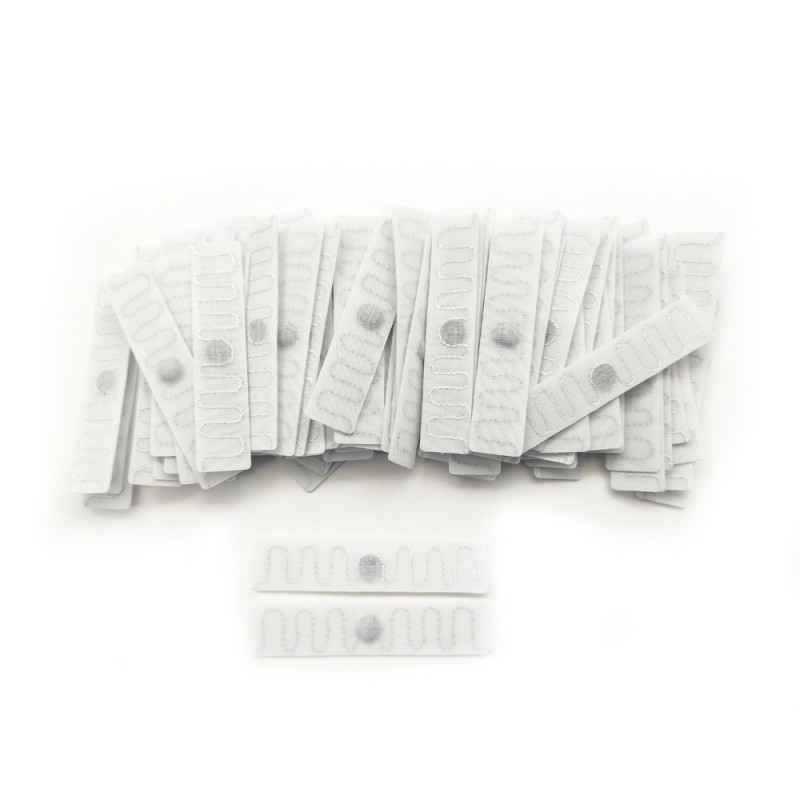
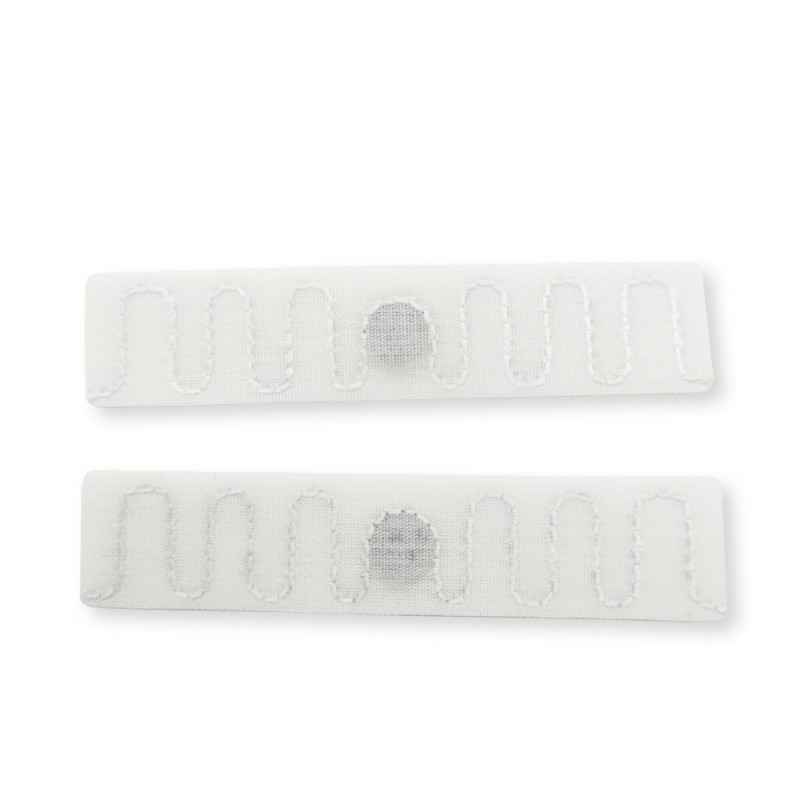
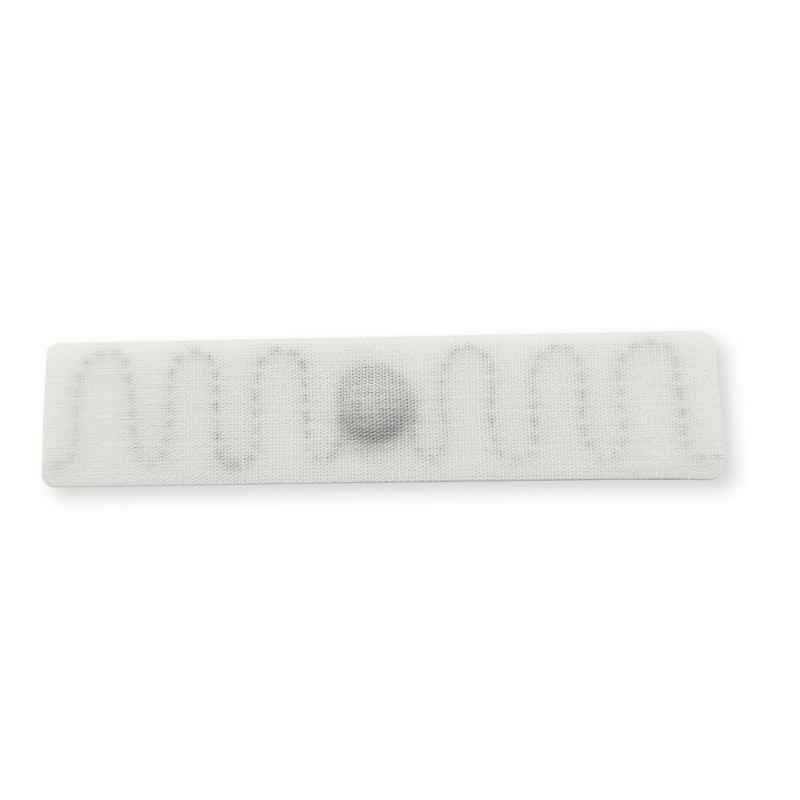
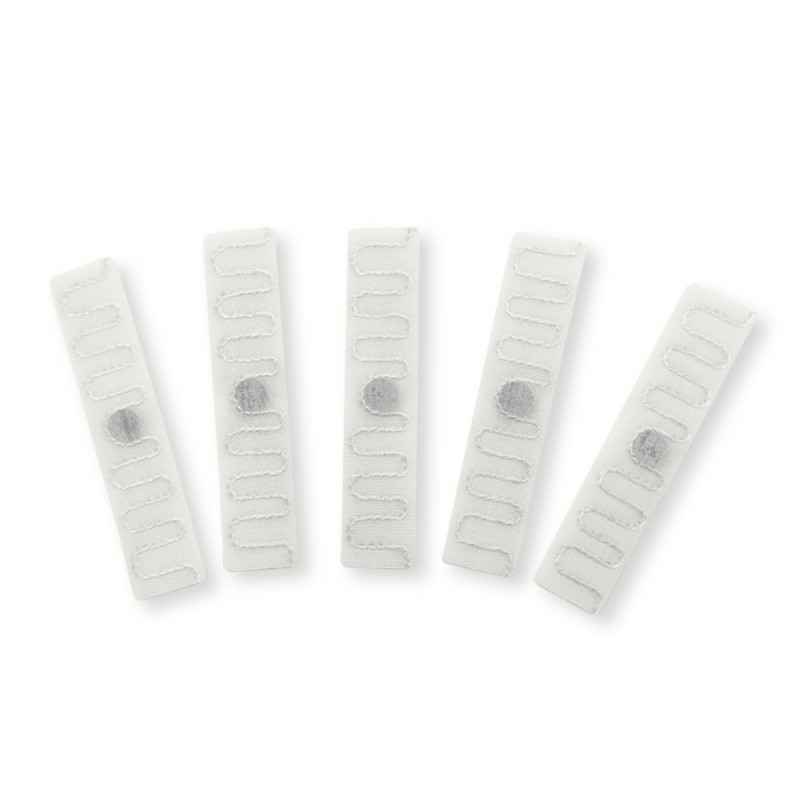
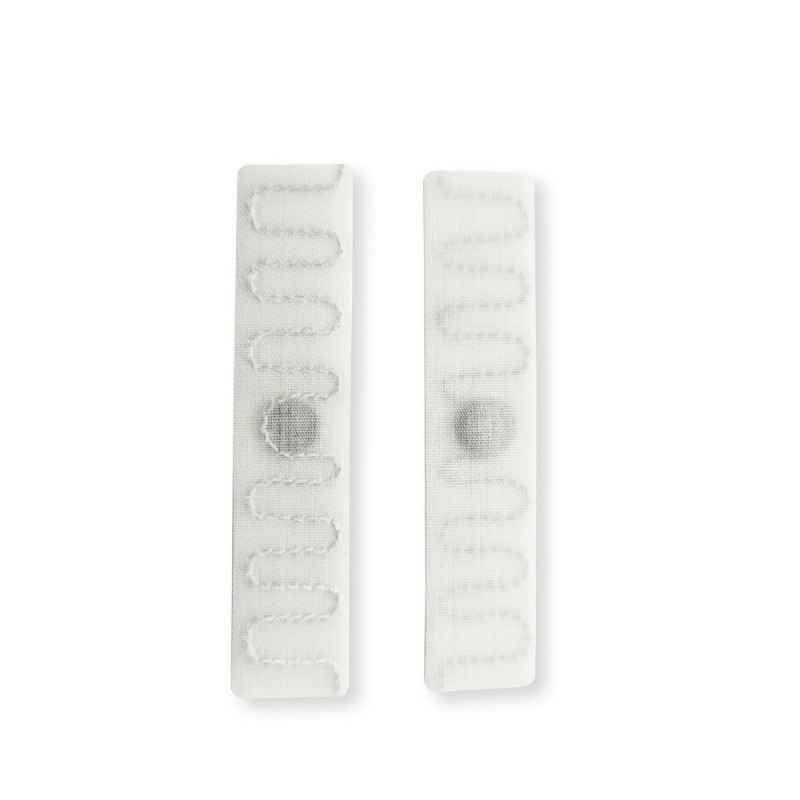
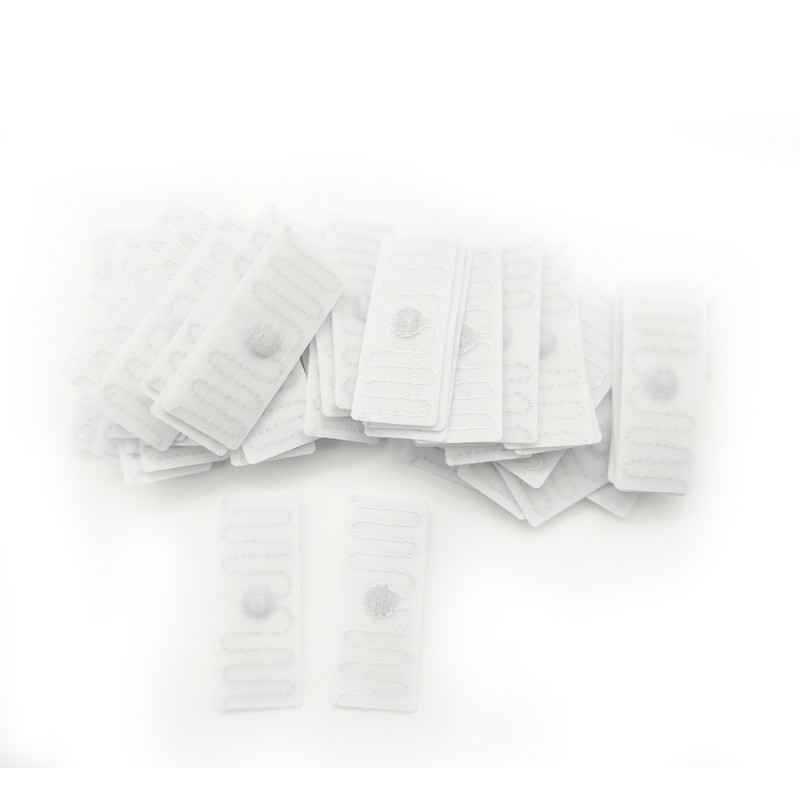
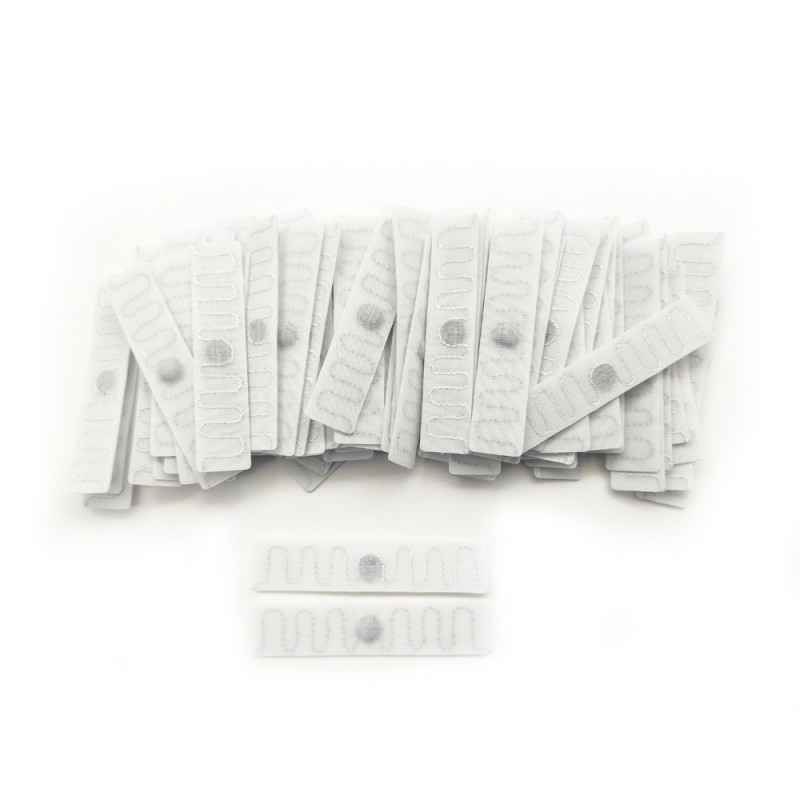
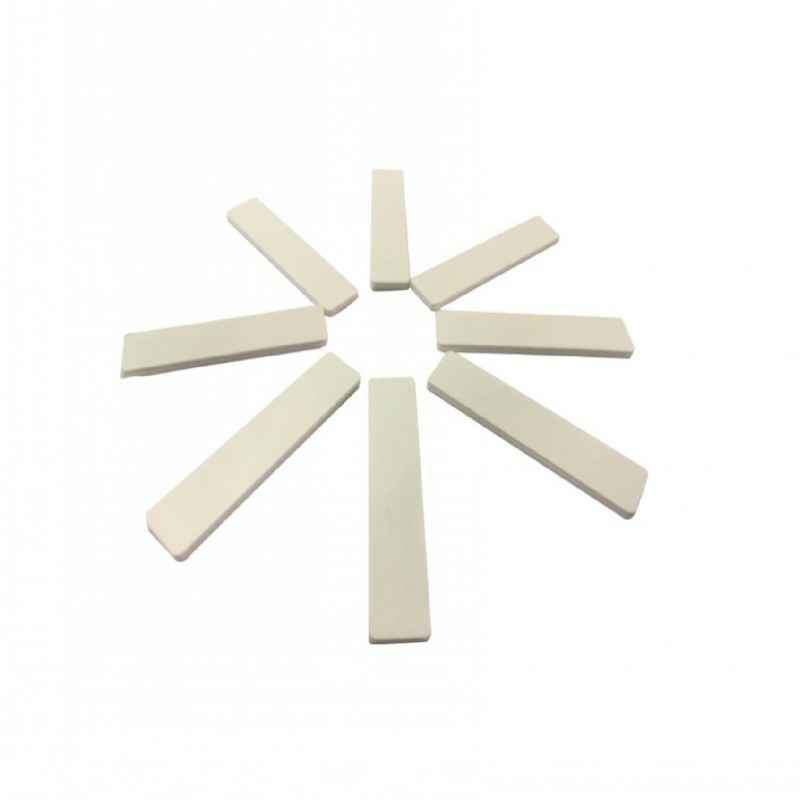
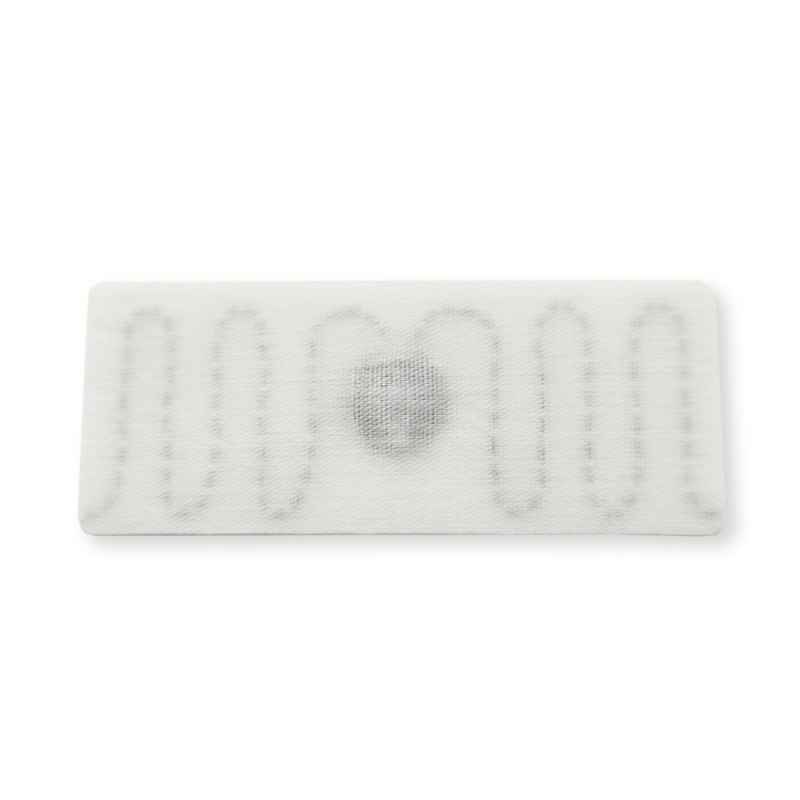
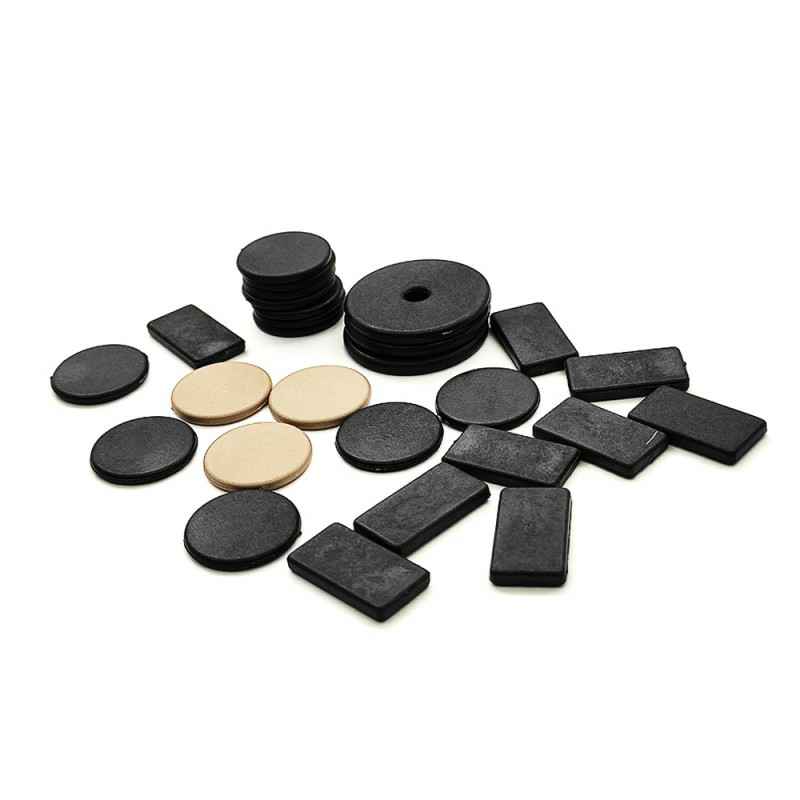
 Scan code and wechat
Scan code and wechat